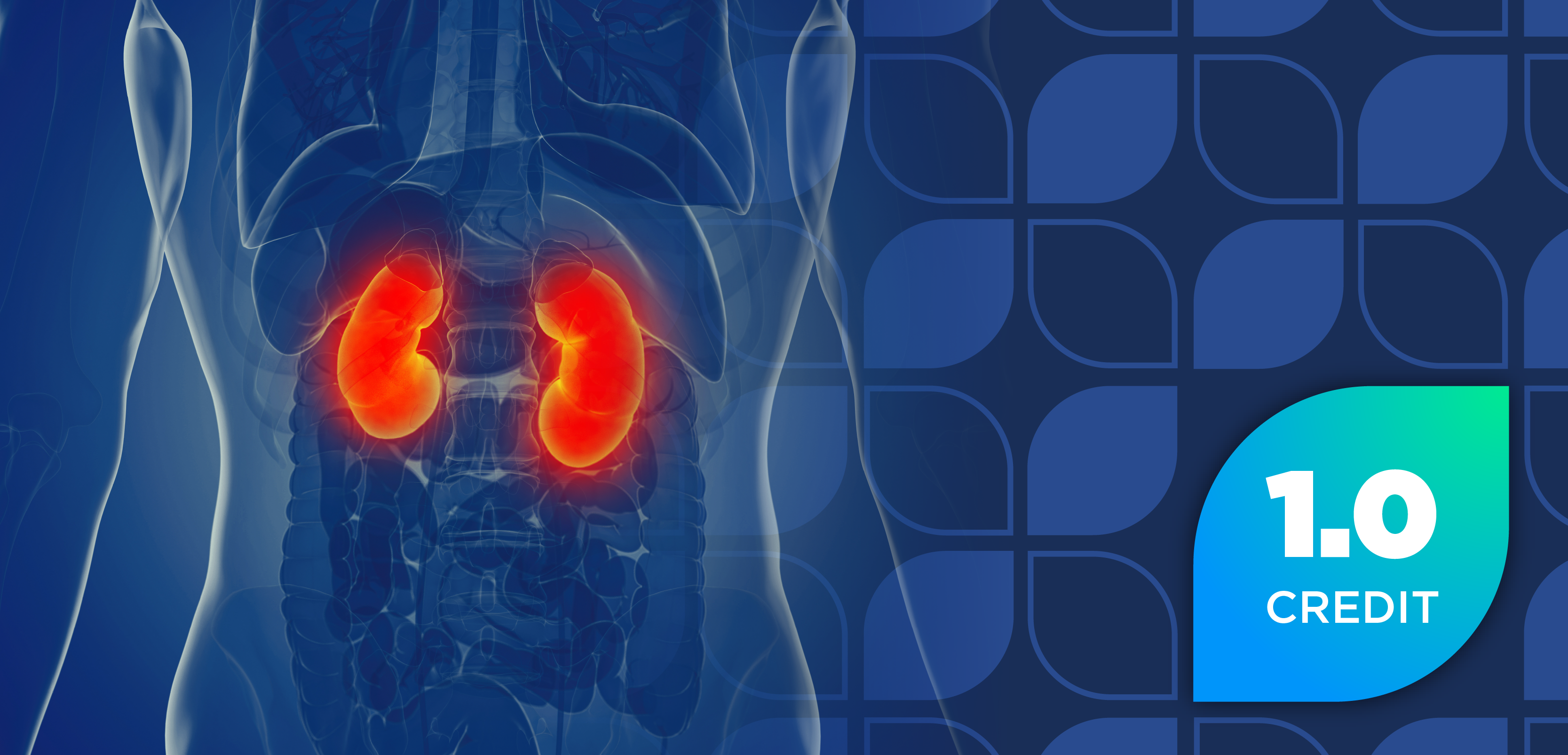
Experience With Subcutaneous Nivolumab in Clinical Practice
Panelists discuss how subcutaneous nivolumab demonstrates reassuring safety profiles with minimal grade 3 and 4 adverse events comparable to those of IV formulation, produces pharmacokinetically equivalent or slightly higher drug exposure, and shows numerically similar or higher objective response rates, making patient education about injection site reactions the primary consideration.
Episodes in this series

Clinical experience with subcutaneous nivolumab demonstrates practical implementation of equivalency data, with health care providers confirming that noninferiority conclusions from CheckMate 67T align with real-world observations. The statistical analysis using independent central review and appropriate confidence intervals provides clear evidence supporting comparable efficacy, while the safety profile mirrors expectations from intravenous (IV) administration. Health care providers emphasize that the most common immune-mediated adverse reactions remain consistent across formulations, with grade 3 and 4 events occurring at very minimal rates comparable to IV therapy.
Patient education plays a crucial role in successful subcutaneous adoption, particularly addressing concerns about anaphylactic reactions and safety that may appear alarming when patients review internet information. Health care providers report that breaking down adverse effect data into simple terms and explaining the minimal, treatable nature of subcutaneous tissue inflammation significantly reduces patient anxiety. Unlike some subcutaneous therapies in myeloma that require extended observation periods (such as 4-hour waits after daratumumab administration), subcutaneous nivolumab demonstrates reassuring safety signals, allowing timely patient discharge without prolonged monitoring requirements.
The pharmacokinetic foundation for subcutaneous administration builds upon established principles in immunotherapy dosing evolution. The oncology community’s progression from milligram-per-kilogram dosing to flat-dose regimens demonstrated that T-cell activation and response are not directly dose dependent, with patients across wide weight ranges (50-120 kg) achieving therapeutic benefit from standardized dosing. This understanding facilitates acceptance of pharmacokinetic equivalency data showing subcutaneous nivolumab produces similar or slightly higher exposures compared with IV formulations while remaining below the highest studied safe doses. Clinical observations confirm that immune-mediated adverse events remain unpredictable and non–dose dependent, occurring after single doses in some patients and after years of treatment in others, reinforcing that formulation changes should not alter safety expectations.
Newsletter
Stay informed on drug updates, treatment guidelines, and pharmacy practice trends—subscribe to Pharmacy Times for weekly clinical insights.























































































































































































































